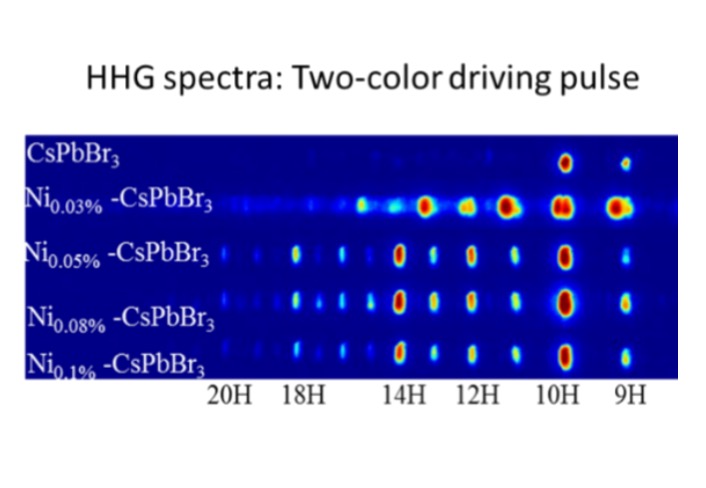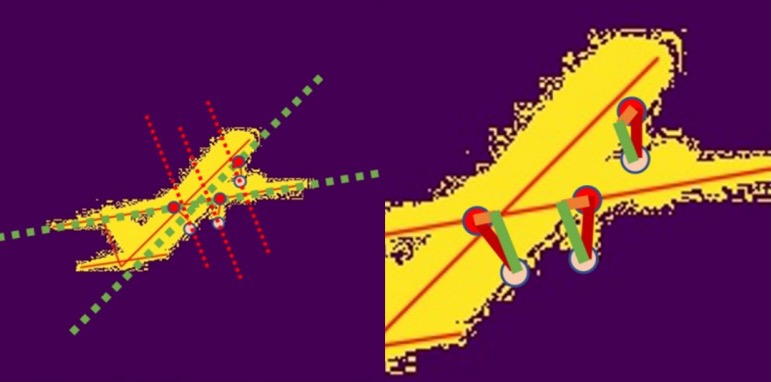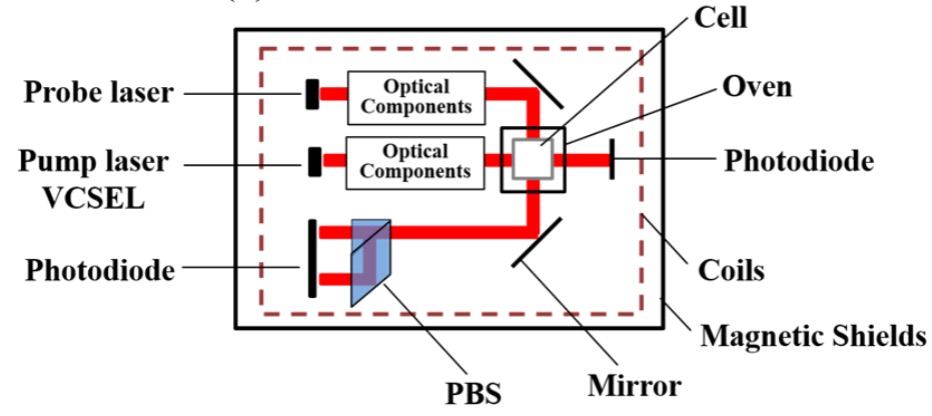
The spatial heterodyne spectrometer (SHS) is a modern type (i.e., without moving parts) of the spatial modulation Fourier transform spectrometer, which is widely used in trace components in the fields including mineralogical, chemical warfare agents, atmosphere and interstellar emission observation.

Active laser detection technique based on cat-eye effect has the advantages of long detection distance and high orientation precision. The reflected light intensity of the cat-eye system is 2–4 orders of magnitude higher than the general diffuse reflection intensity. Thus, laser active detection technology based on the cat-eye effect may realize accurate aiming and directional confrontation. However, few studies focus on the influence of a multi-band laser with a large incident angle on the echo distribution.

Lead halide perovskite nanocrystals have established the special consideration of scholars in the last few years due to their cutting-edge nonlinear optical properties and progress in unpretentious synthetic procedures. These materials have efficient applications in various optoelectronic devices. Th enhancement of nonlinear optical properties of the perovskites can be influenced by doping of transition metal ions.

Based on the linear-scan image recognition method, "image-type angular displacement measurement (I-ADM) technology" is a new photoelectric displacement measurement technology. I-ADM can achieve higher resolution than the traditional measurement methods when the line density of grating code disc is not high, and can achieve higher measurement frequency response.

The neural network has great application value in aviation security. Using the neural network method to monitor the status of aircraft landing gear can improve the intelligence, stability and objectivity of airport operation.

Vertical-cavity surface-emitting lasers (VCSELs) present many attractive properties, such as surface emission, circular and low divergent output beam. Single-transverse mode VCSELs (SM-VCSELs) are preferred optical sources for small chip-scale atomic sensors, including atomic clocks, magnetometers, and gyroscopes. VCSEL is required to work at high temperatures with single-mode and high output power in the application of nuclear magnetic resonance gyroscope (NMRG).
